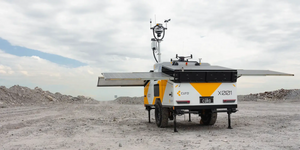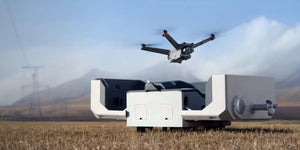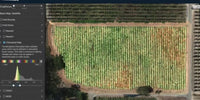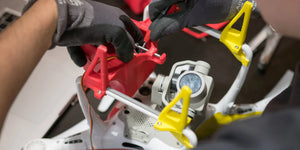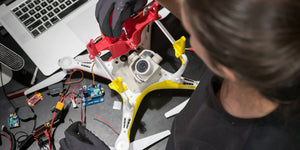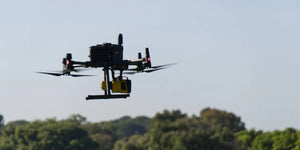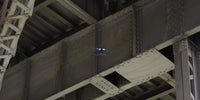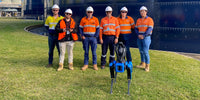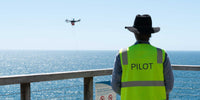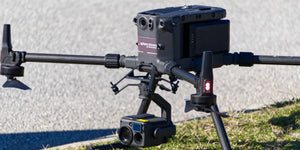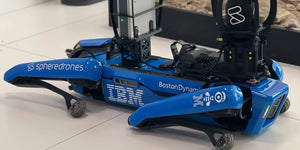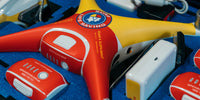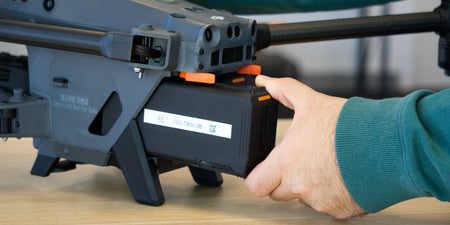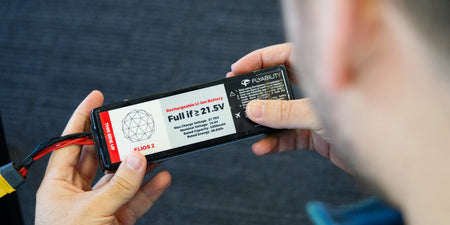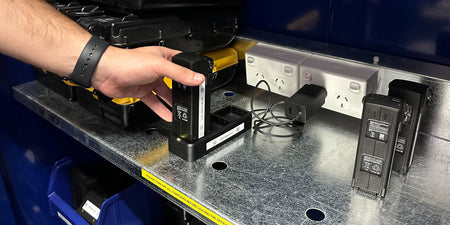Drones have become increasingly popular in various industries and recreational activities. One critical component that powers these flying machines is the battery. In this article, we will demystify the terminology used around drone batteries, empowering both novice and experienced pilots.
Battery chemistries
LiPo (Lithium Polymer)
LiPo batteries are widely used in drones due to their high energy density, lightweight, and high discharge rates. They offer better power-to-weight ratios compared to other battery chemistries. However, LiPo batteries require proper care and maintenance, such as avoiding overcharging or over-discharging, to prevent damage or hazardous situations.
Li-ion (Lithium-Ion)
Li-ion batteries are commonly used in consumer electronics and some drones. They provide a good balance between energy density, weight, and lifespan. Li-ion batteries offer a longer lifespan compared to LiPo batteries but with slightly lower discharge rates.
LiFePO4 (Lithium Iron Phosphate)
LiFePO4 batteries are known for their excellent safety profile, long cycle life, and thermal stability. They are less prone to overheating or catching fire, making them a popular choice for high-end drones and commercial applications that prioritise safety.
NiCd (Nickel Cadmium)
While less common in drones today, Nickel Cadmium (NiCd) batteries were widely used in the past. They offer good performance in extreme temperatures and high discharge rates. However, NiCd batteries suffer from the "memory effect" and have lower energy density compared to newer battery technologies.
NiMH (Nickel Metal Hydride)
Nickel Metal Hydride (NiMH) batteries are another older technology that has been used in drones. They provide better energy density than NiCd batteries and are more environmentally friendly. However, NiMH batteries have lower discharge rates and are more prone to self-discharge when not in use.
Understanding a battery
Voltage (V)
Voltage refers to the electric potential difference provided by a drone battery. It determines the power supply for the drone's motors and other electronic components. Common drone batteries operate at voltages such as 3.7V (single-cell LiPo), 7.4V (two-cell LiPo), or 11.1V (three-cell LiPo). Higher voltage batteries can provide increased power output and flight performance.
Capacity (mAh)
Capacity is a measure of a battery's energy storage capability and is usually denoted in milliampere-hours (mAh). It represents the amount of current a battery can deliver over time. A higher mAh rating indicates a longer flight time before requiring a recharge. For example, a 2200mAh battery can theoretically supply 2200mA (or 2.2A) of current for one hour or 11A for 12 minutes.
Charge rate (A)
Charge rate refers to the speed at which a battery can be safely charged. It is typically denoted in C. For example, a battery with a 1C charge rate and a capacity of 2000mAh can be charged at 2A. It is important to adhere to the manufacturer's recommended charge rate to prevent battery damage and ensure safe charging.
Discharge rate (C Rating)
The discharge rate, expressed as a C rating, indicates the battery's ability to deliver current. It represents the multiple of the battery's capacity (in mAh) that can be safely discharged in one hour. For example, a 30C battery with a capacity of 1500mAh can safely deliver 45A (30 multiplied by 1.5) of continuous current. Higher C ratings are desirable for drones that require more power.
Cell count (S)
Drone batteries often consist of multiple cells connected in series. Each cell contributes a specific voltage to the overall battery pack. Cell count is indicated by a number followed by the letter "S." For instance, a 3S battery indicates three cells in series. Increasing the cell count raises the battery voltage, providing more power to the drone's motors. It is crucial to ensure the drone is compatible with the correct cell count.
Other terms
Battery management system (BMS)
A Battery Management System is a circuitry or software that monitors and controls various aspects of the battery. It safeguards the battery against overcharging, over-discharging, and excessive temperature. Advanced BMS systems also provide real-time information about battery health, voltage, and remaining capacity, enhancing safety and battery longevity.
Intelligent Flight Battery (IFB)
Some drone manufacturers, such as DJI, use the term "intelligent flight battery" to refer to their proprietary batteries. These batteries often integrate advanced features like built-in sensors for real-time monitoring, cell balancing, and communication with the drone's flight controller. Intelligent flight batteries enhance safety and provide valuable data for optimising flight performance.
